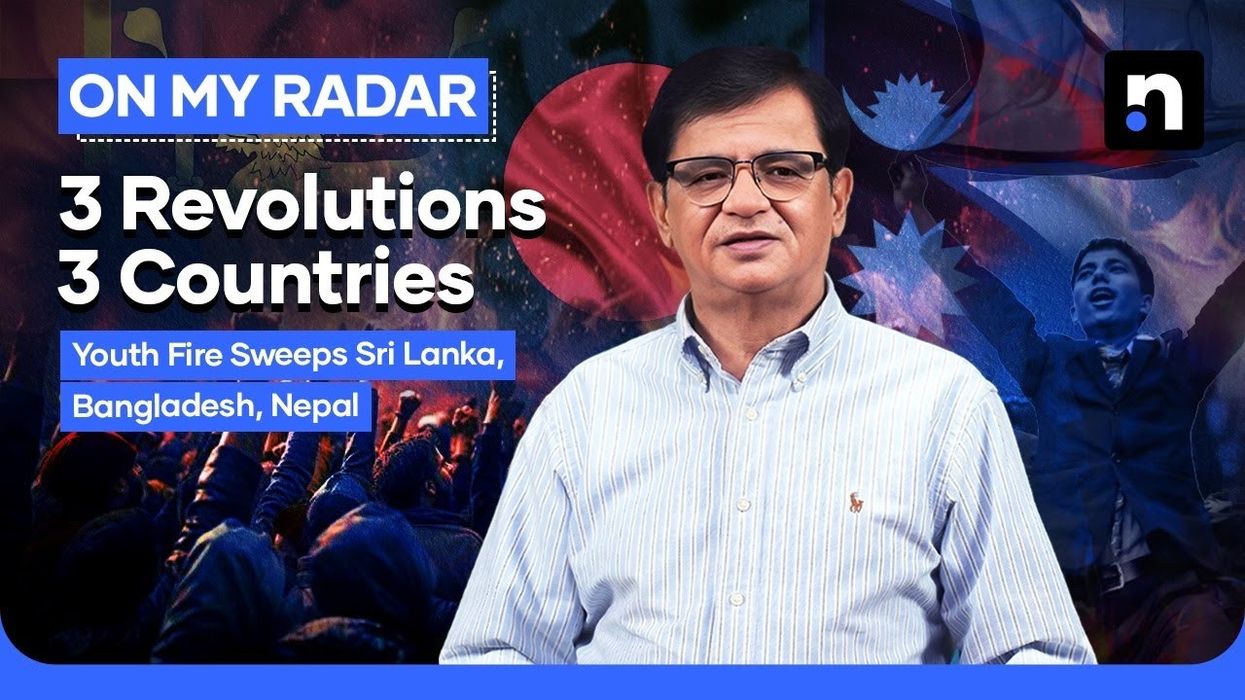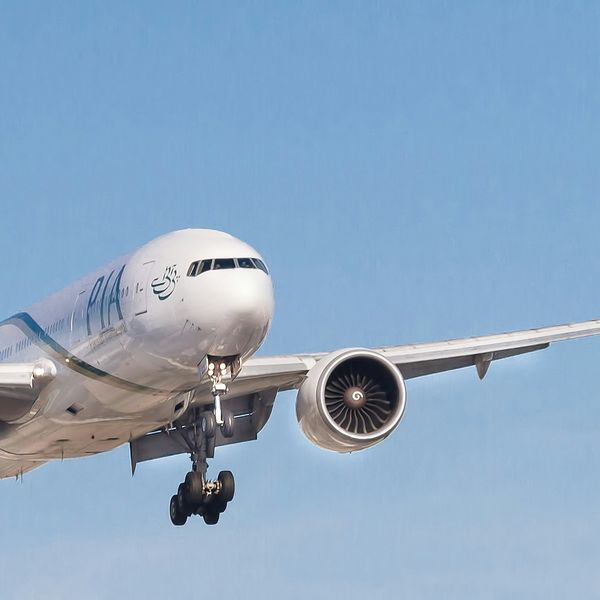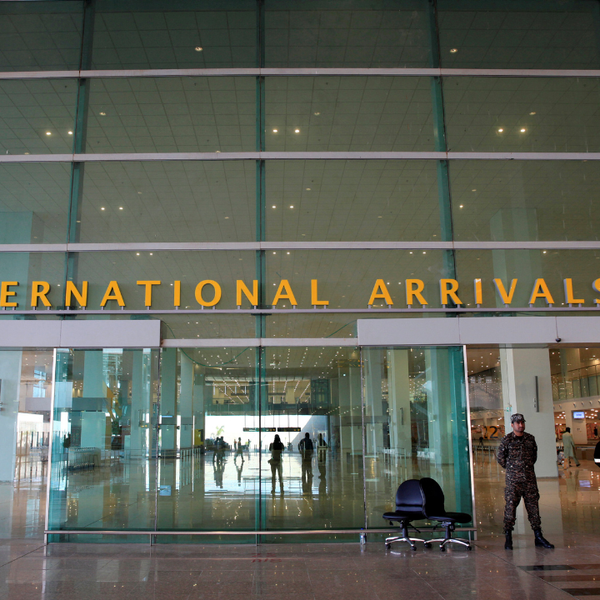South Asia’s student-led uprisings topple three governments in three years
Kamran Khan says youth-led uprisings in Sri Lanka, Bangladesh, and Nepal reshaped South Asia’s politics
News Desk
The News Desk provides timely and factual coverage of national and international events, with an emphasis on accuracy and clarity.
South Asia has witnessed three student-led uprisings in as many years, shaking governments in Sri Lanka, Bangladesh, and Nepal.
Kamran Khan said in a recent vlog that these revolts were not engineered by political parties or foreign powers but were natural movements born out of people’s frustrations.
Khan noted that each upheaval was driven by youth, particularly university students, and quickly transformed into nationwide revolts that forced governments from power.
Sri Lanka’s financial collapse
Khan began with Sri Lanka, where protests exploded in mid-2022 as the country defaulted on its foreign debt for the first time.
By early 2022, Sri Lanka was weighed down by $51 billion in external debt. With reserves depleted, the government could not import fuel, medicines, or food. Long queues formed at gas stations, blackouts grew longer, and inflation surged to 45%.
Gasoline prices skyrocketed from 157 rupees a liter to 450 within a year. In April 2022, the government officially declared it could not meet foreign debt obligations, triggering an economic meltdown.
In July, angry demonstrators stormed the presidential palace, forcing President Gotabaya Rajapaksa and his ministers to flee the country. Khan described it as the moment when a financial crisis morphed into a political revolution.
Bangladesh’s quota protests
Two years later, in August 2024, Bangladesh saw its own uprising. This one cost at least 400 lives and ended Prime Minister Sheikh Hasina’s rule, sending her into exile in India.
Hasina, serving her fourth consecutive term, had consolidated power to become Bangladesh’s most dominant political figure. But her long rule also deepened frustration among youth and the middle class.
For many graduates, secure futures depended on government jobs. But the long-standing quota system, widely seen as a tool to favor ruling party loyalists, undermined merit and fueled disillusionment.
When a Bangladeshi court reinstated the quota system in July 2024, student protests erupted. What began as a small rally quickly spread across the country, amplified by social media. Workers and ordinary citizens joined the students, creating a broad-based movement.
Hasina’s government cracked down, arresting activists and deploying security forces. But instead of crushing dissent, the crackdown galvanized it. The protests became a referendum on economic inequality and political favoritism.
By August, the movement toppled Hasina. Even judges who upheld the quota system were removed. “This was not a manufactured revolt,” Khan said, “but a genuine uprising against systemic injustice.”
Nepal’s Gen Z rebellion
In 2025, Nepal became the third country in the region to experience a youth-led revolt. This time, the spark was government restrictions on social media.
Generation Z flooded the streets in defiance. Demonstrations quickly spread from Kathmandu to the rest of the country.
Khan said the movement was more than an internet protest. Young men and women demanded broader political and social freedoms. Ministers were dragged through the streets, and Prime Minister K.P. Sharma Oli was forced to resign.
The protests, he noted, showed how deeply South Asia’s youth identify with issues of expression and liberty.
Shared patterns, different sparks
Khan emphasized that these three uprisings were not coordinated nor part of a domino effect. Each was sparked by unique local grievances: economic collapse in Sri Lanka, job discrimination and nepotism in Bangladesh, and restrictions on free speech in Nepal.
Yet they shared a crucial element: they were genuine, people-driven movements that emerged outside political party structures.
“They were not engineered in any political nursery, not scripted by hidden lobbies, and not funded by foreign actors,” Khan said. “They were born naturally from the womb of public frustration.”
Lessons for Pakistan
Khan warned that the region’s unrest underscores the vulnerability of governments disconnected from their people. In South Asia, he said, rulers appear strong until confronted by youth anger and collective consciousness.
Pakistan, with a population of 250 million, has its own demographic reality. About 64% of its citizens — more than 180 million — are under the age of 30. This raises the question of whether similar conditions could ignite unrest at home.
“I leave it to my viewers,” Khan said, “to consider whether Pakistan is fertile ground for such an uprising.”








Comments
See what people are discussing